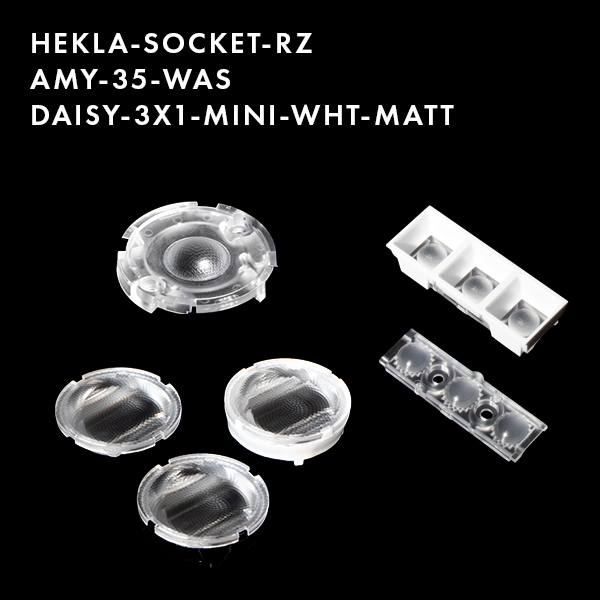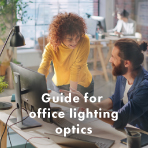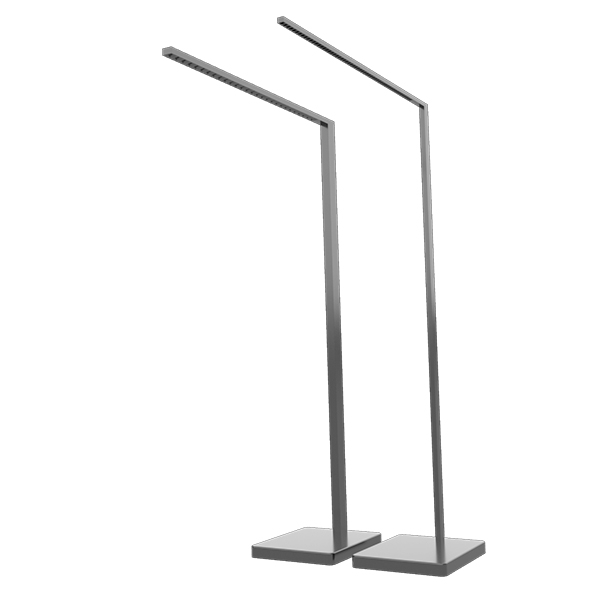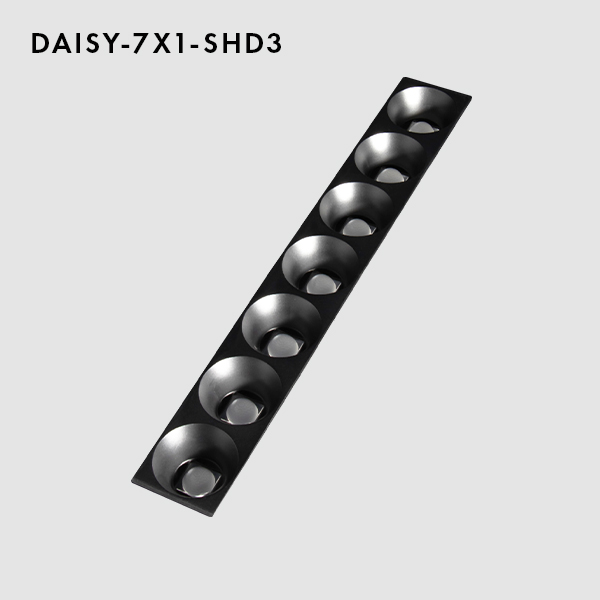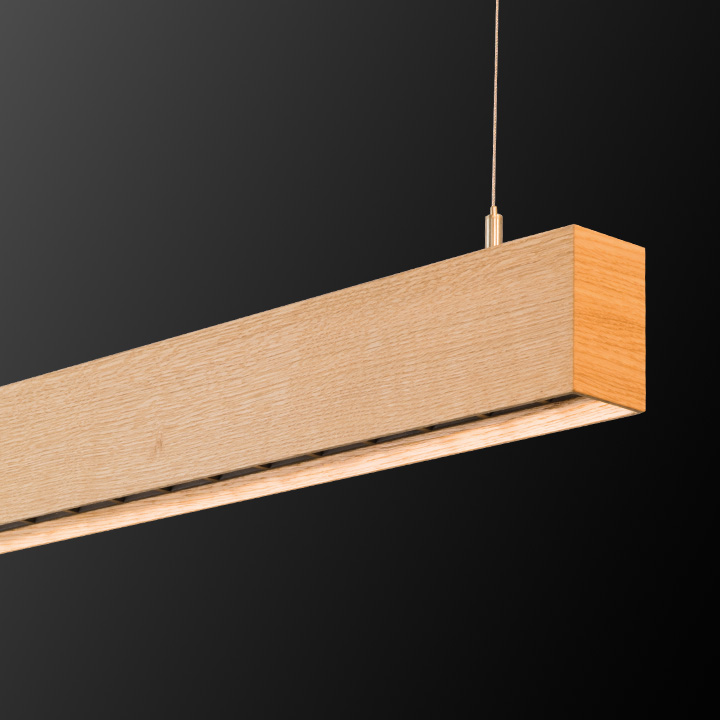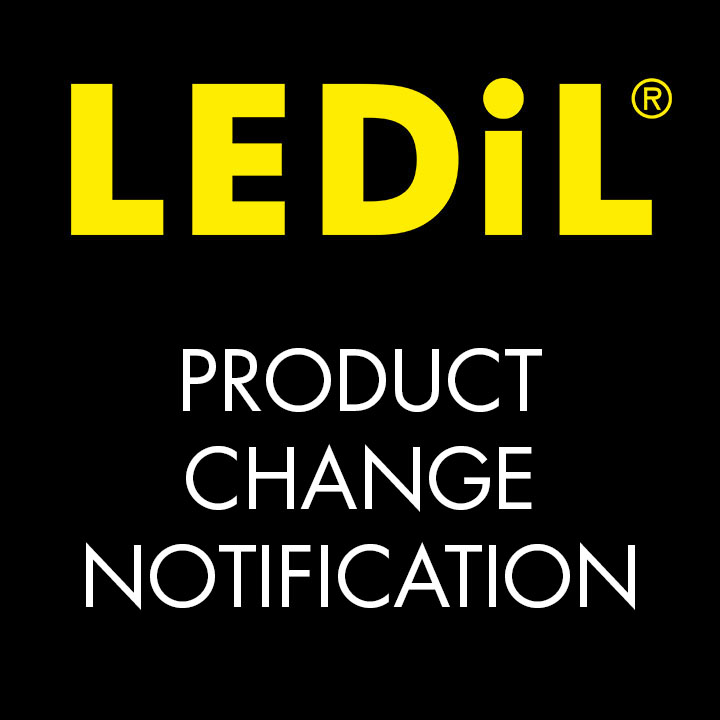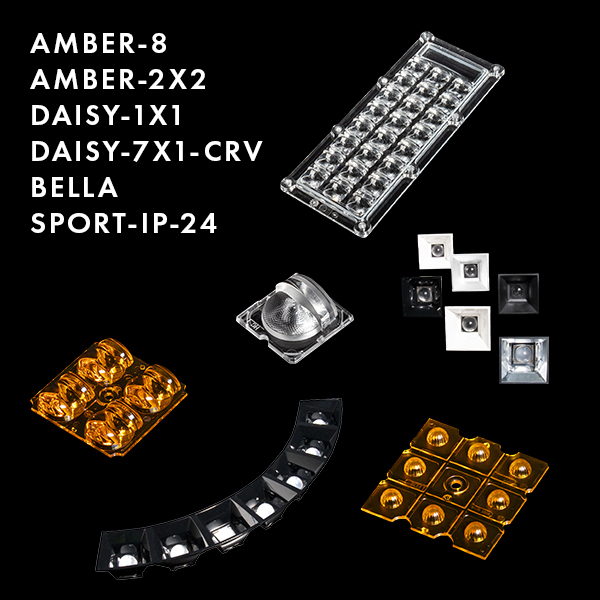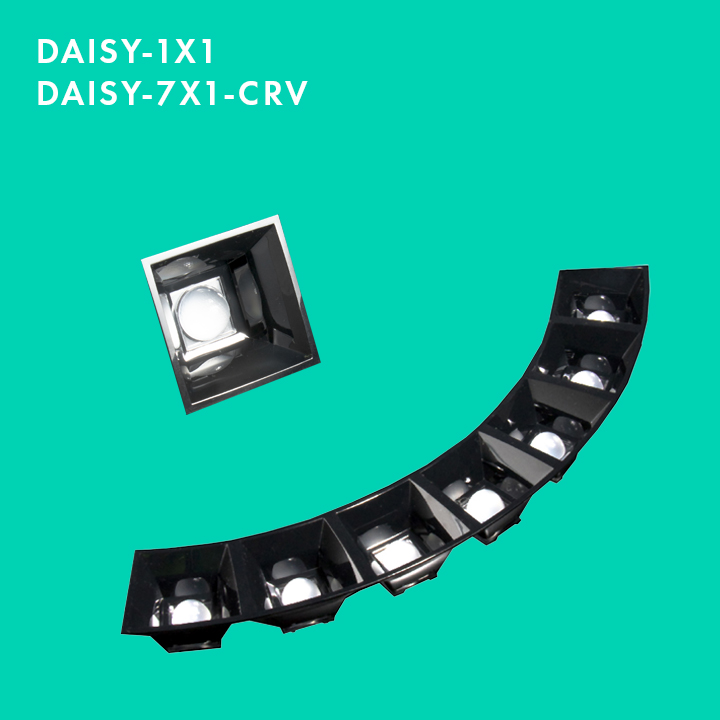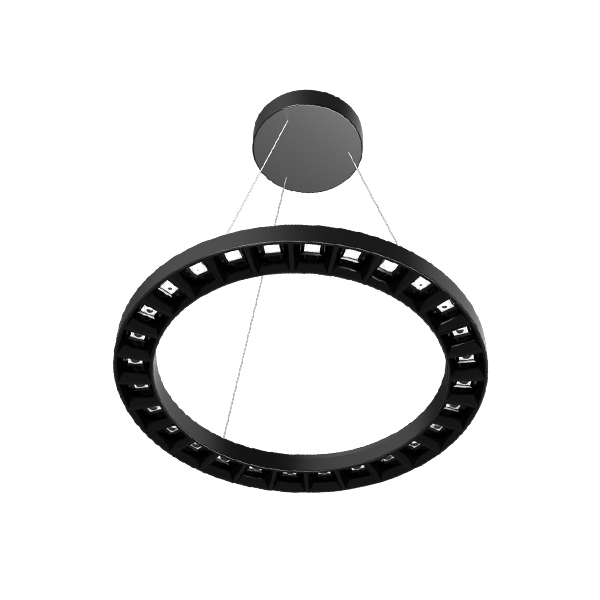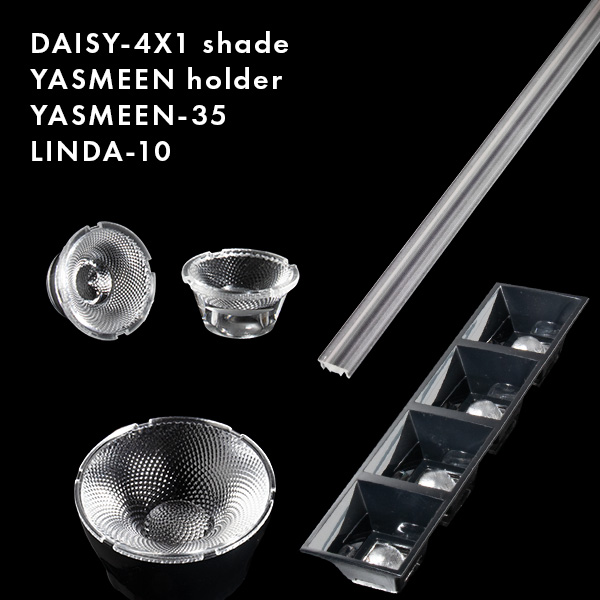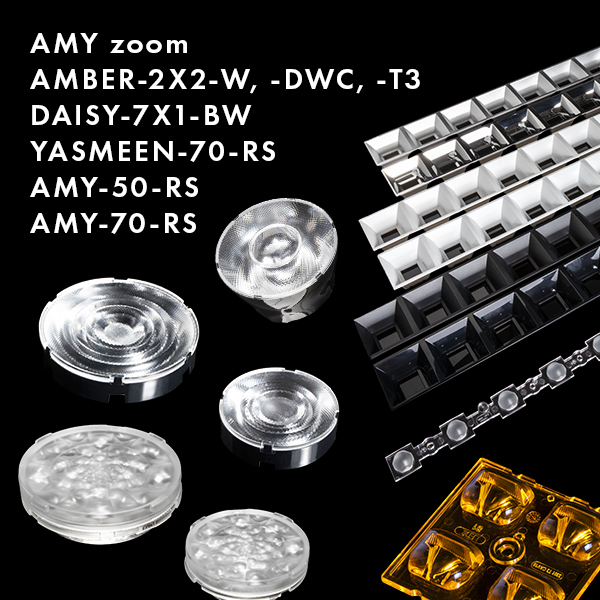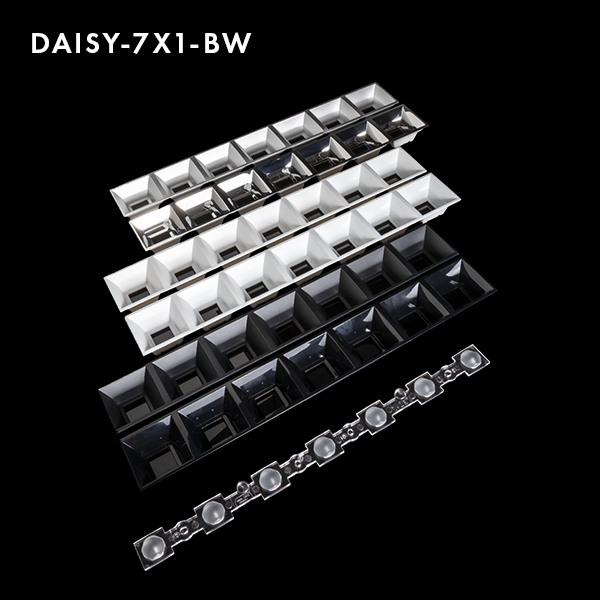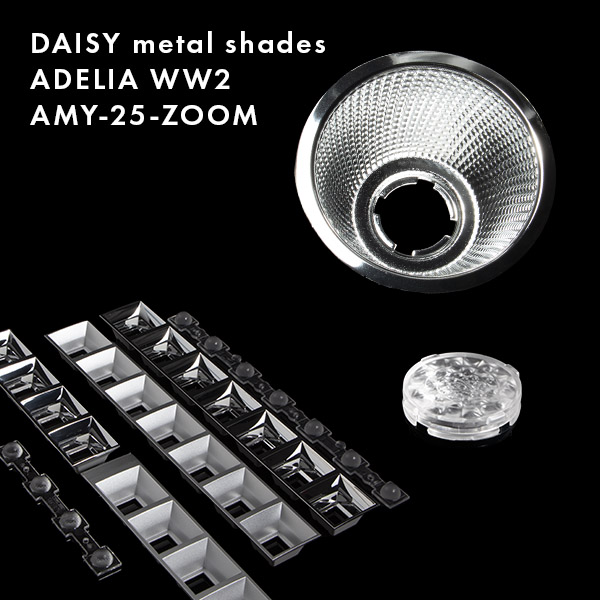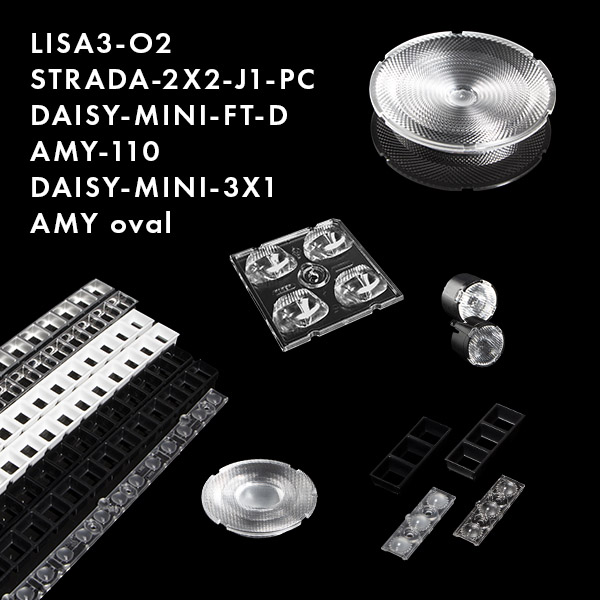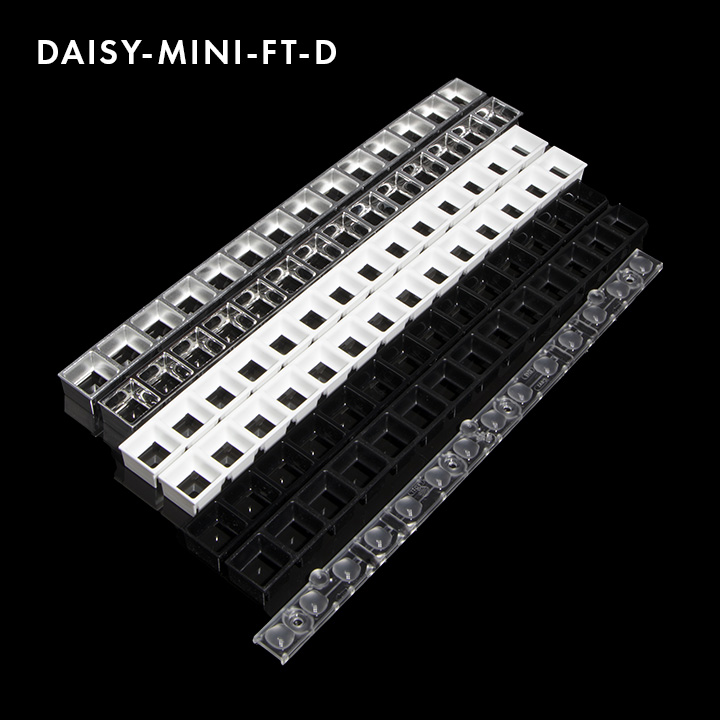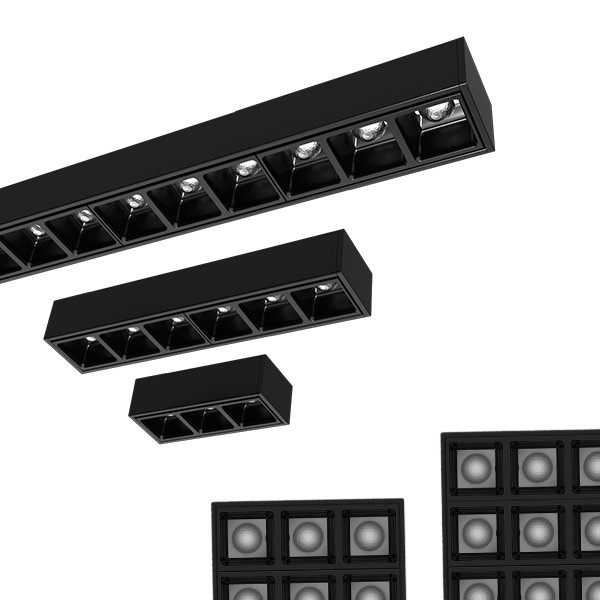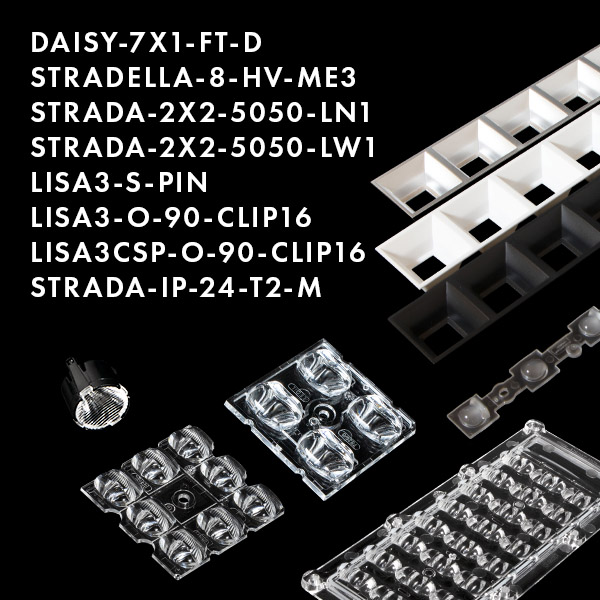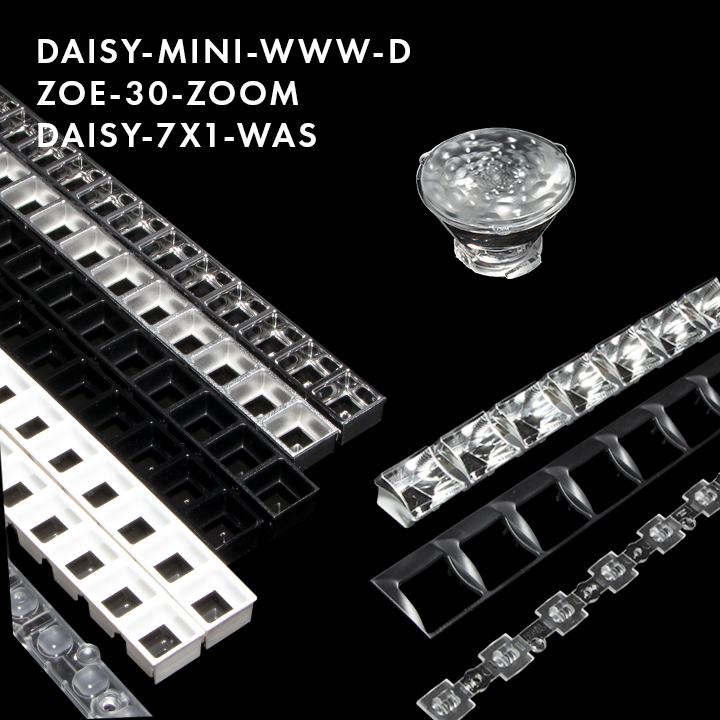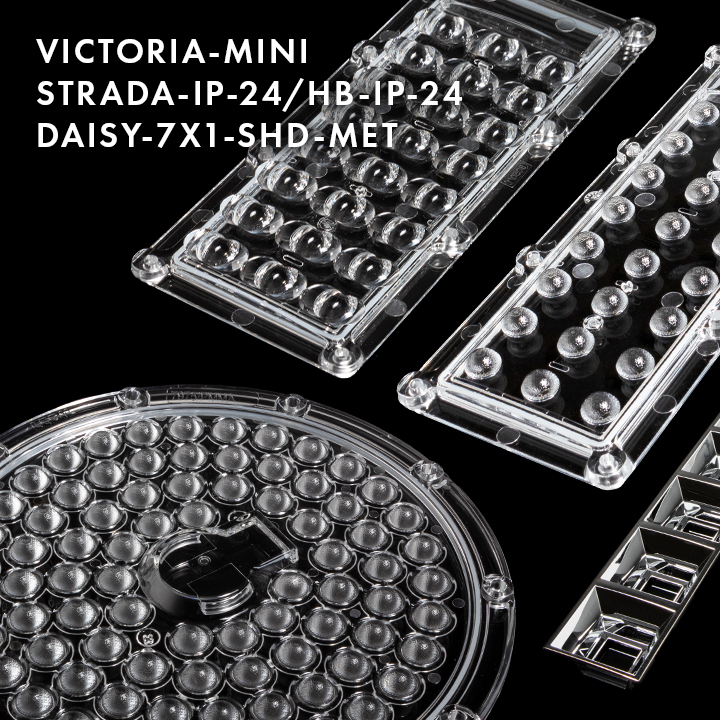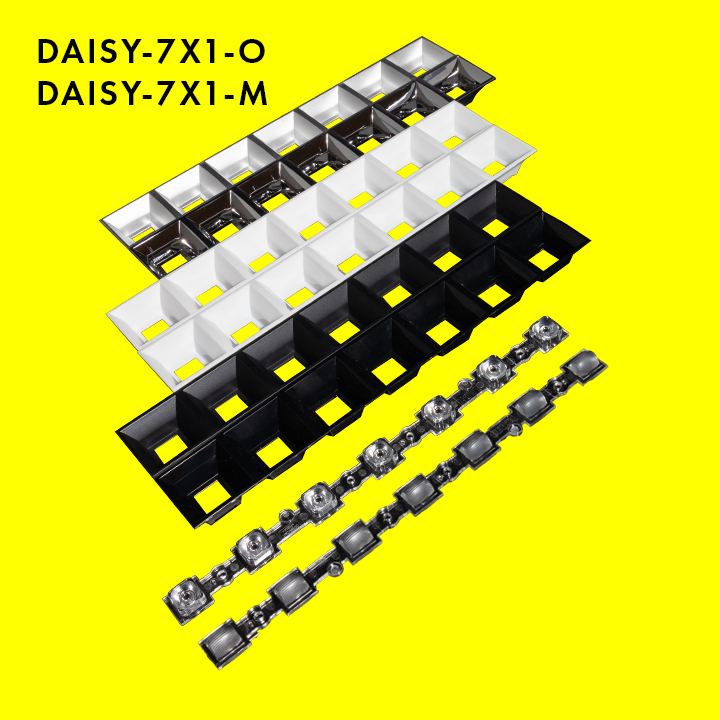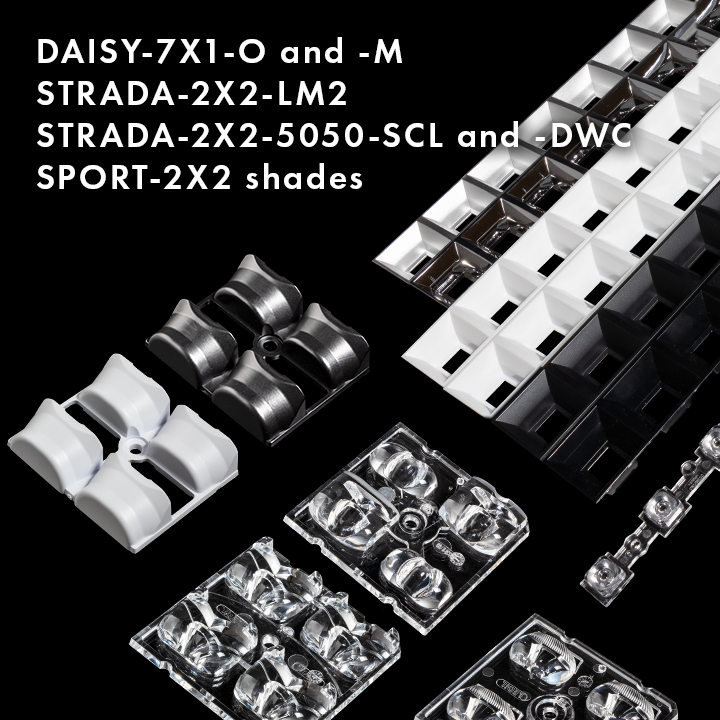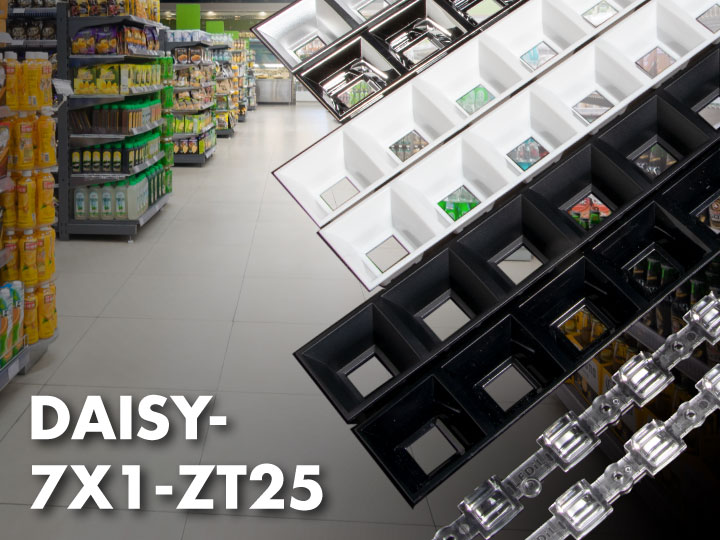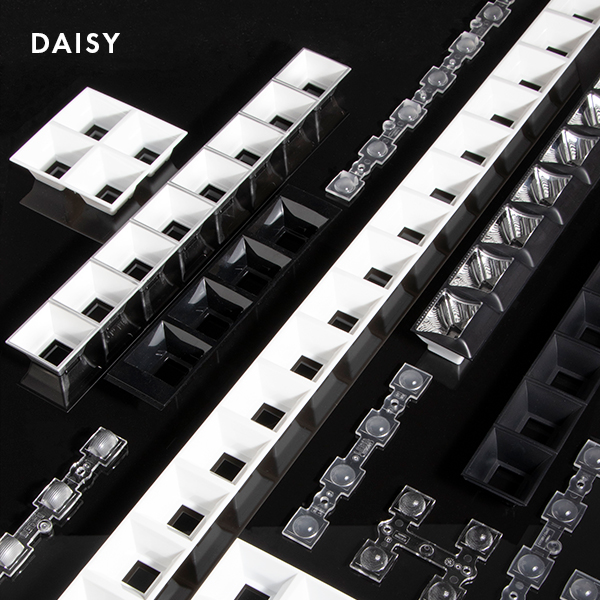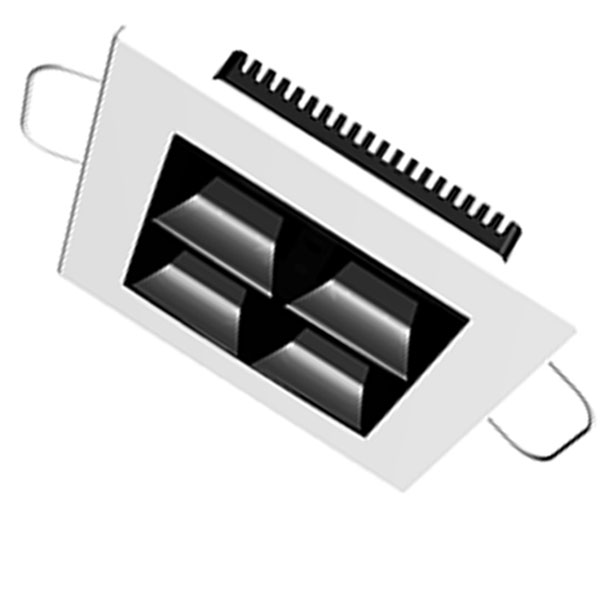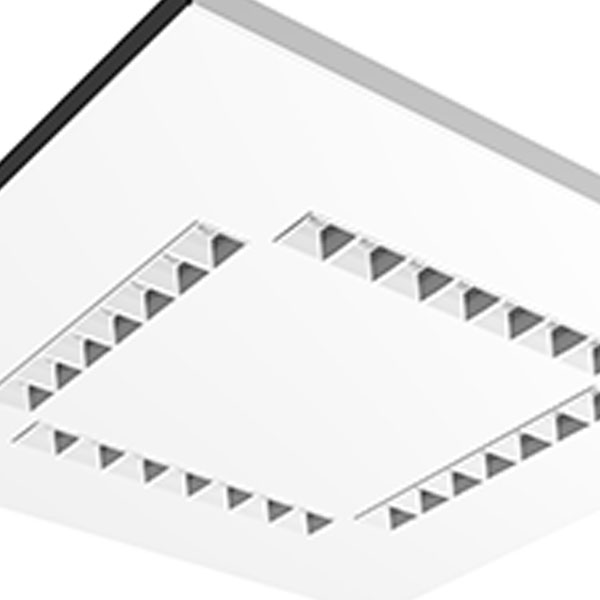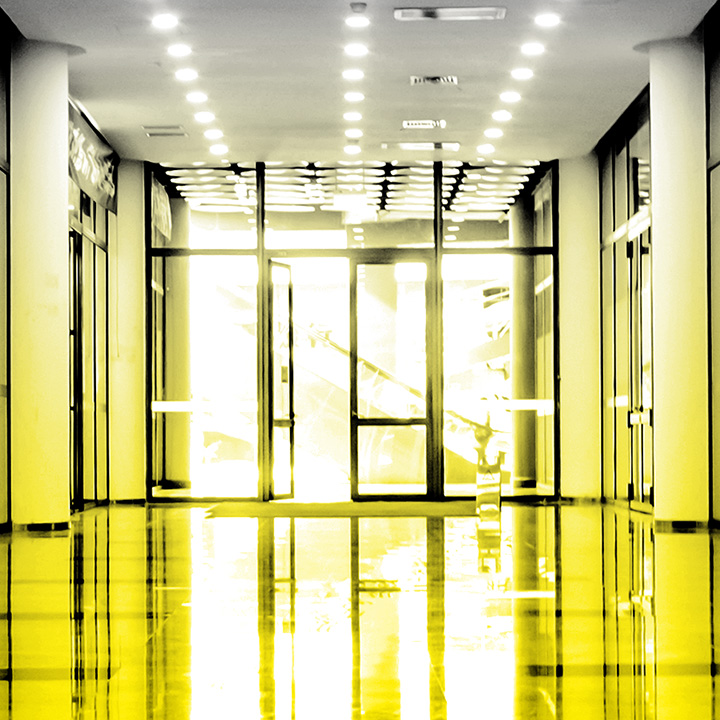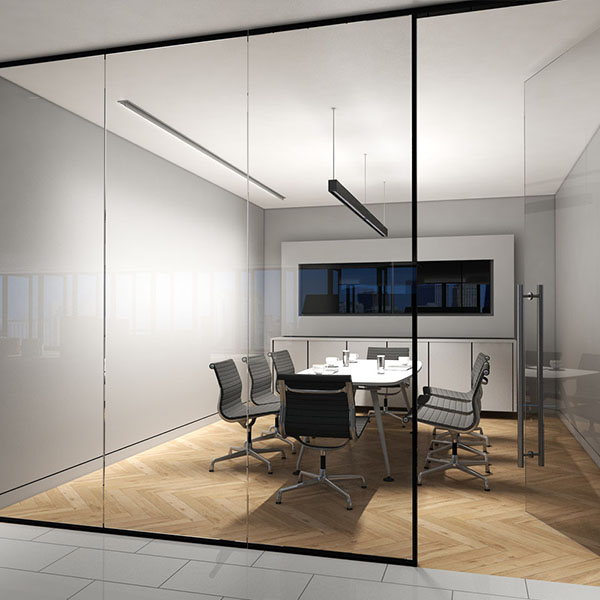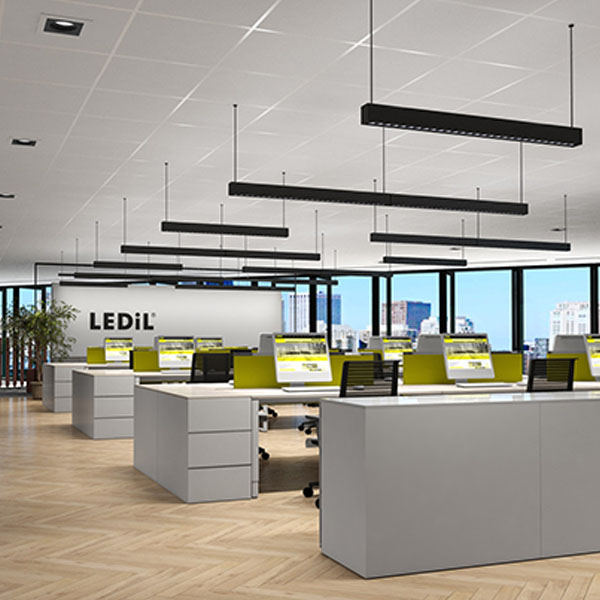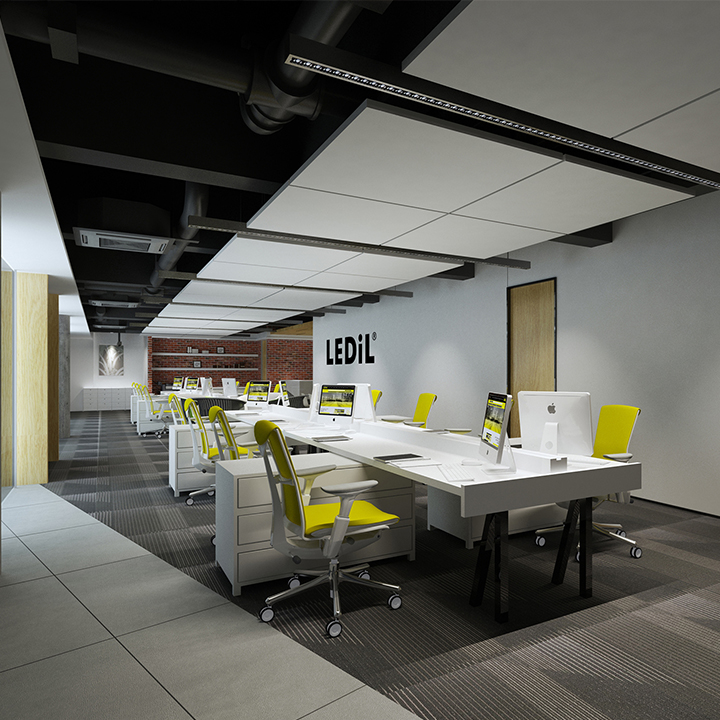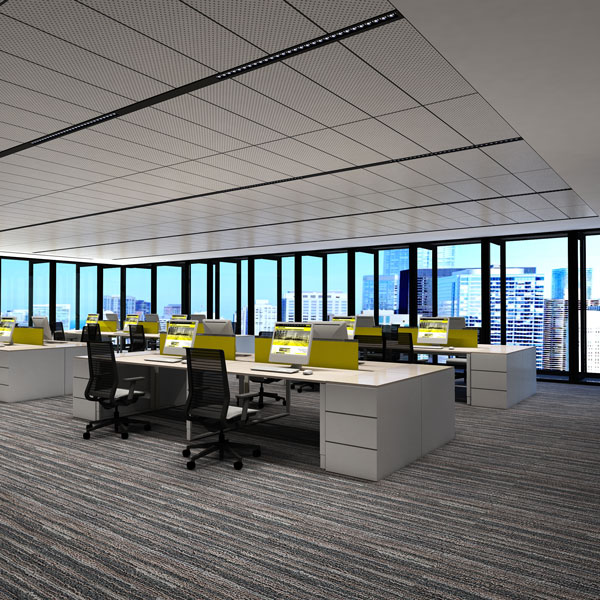Article

Article – Stylish yet functional office lighting

DAISY article – Brilliance without the glare

Introduction and application examples of office lighting

Office lighting optics guide
Invest in people – invest in office lighting
The true pay-off of getting office lighting right
It used to be that employers chose their employees, but in the 21st century the tables have turned. Today’s employees are highly qualified, highly skilled, highly mobile and highly choosy; we live in an age where workers decide who they work for.
These workers have already surpassed the first three stages on Maslow’s hierarchy of needs. They can now concern themselves with the top two tiers of ‘esteem’ and ‘self-actualization’. As many of these workers will spend on average one third of their lives sitting at a desk for over five hours a day, it is logical to assume that desk has to be in an environment they enjoy and want to be in.
A very important, and yet much overlooked part of that environment is lighting. A full 80 % of office workers state they want to spend their time in an office where lighting contributes to their overall wellbeing, is motivating and encourages an atmosphere of creativity, innovation and productivity.1
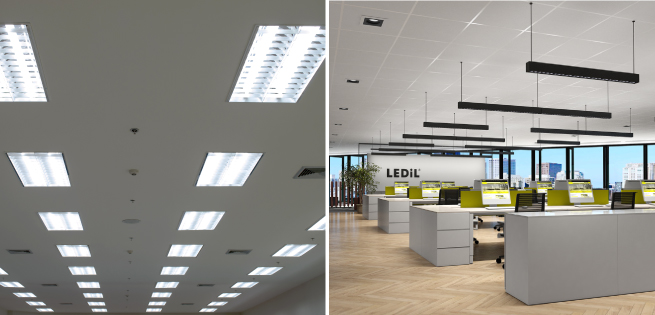
Unfortunately the vast majority of offices fall a long way short of the mark. Even today some 90 % of offices are still lit with fluorescent troffers, with a third of professionals reporting they are unhappy with their current office illumination.2
So what is holding back the investment?
The main concern is often return on investment. In the case of lighting it is usually based on energy savings, but what about human savings? This is not so easy to calculate, but what is the true cost of excessive sick-days due to fatigue and illness brought on partly by poor office lighting? How much is lost to low motivation, lack of creativity, innovation and productivity? What about the cost of having to replace the talent that simply walks out the door?
It is time for companies to consider not just the direct financial, but also the human cost of inadequate office lighting. An article in 20173 reported that ‘human-centric’ lighting increased productivity by 18 % and work accuracy by 12 %. So more work gets done with fewer mistakes, but not only that, a full 76 % of workers reported feeling happier and 50 % healthier.

So the evidence is clear and the technologies are available to create natural looking office spaces that combine direct and indirect lighting, follow the circadian rhythm and imitate the natural sun light spectrum, while giving people more control over their own lighting. In short, offices where people can create the light that is right for themselves and their needs.
Throwing light on the brand
We mustn’t forget that lighting also contributes to brand identity. Beautifully designed luminaires don’t just illuminate workspaces they also throw light on your brand and corporate image. To stand out and be attractive the best companies need to be the best, not just in what they do but also in how and where they do it. Great office lighting doesn’t just brighten up the office it brightens up the people in it and the future they can create.
Sources:
1) licht.wissen 04. Office lighting: Motivating and Efficient, 2012
2) Ugly office lighting to be tackled at Lux Live, March 2016
3) CBRE Healthy Office Research, Snowball effect of healthy offices, 2017



